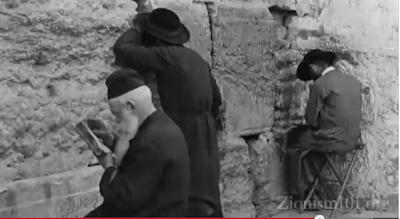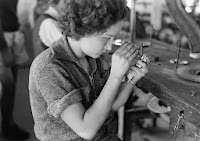At a time when Israel is facing the threat of nuclear annihilation and many believe the world is nearing the midnight hour on God’s prophetic clock, millions of evangelical Christians are rallying to support Israel. Even the Jewish community—long suspicious of conservative, Bible-believing Christians—is beginning to notice.
The support comes in many forms, from increased travel to Israel to thousands journeying to Washington, D.C., for a festive “Night to Honor Israel” event as a part of Christians United for Israel’s annual summit—and staying the next day to lobby on Capitol Hill and ensure the United States remains a strong ally to Israel.
Many ministries have tapped into this groundswell of support. They’ve learned that if they highlight end-time Bible prophecy or anything related to Israel, people seem to rally more than they do for other pressing issues, such as the sanctity of life or traditional marriage—or even righteous living, for that matter. Other ministries have sprung up to take advantage of this newfound interest in the six decades since Israel became a state. As a result, an estimated $210 million a year flows into Israel-related ministries.
Yet Christians’ interest in Israel is varied and complicated. Much of it stems from an understanding that Israel’s formation fulfilled the prophet Isaiah’s 2,600-year-old prophecy that a nation would be born in a day (Is. 66:7-8). Most believers also carry a biblical understanding that Israel is key to God’s end-time plan, which includes many Jewish people becoming believers in Jesus as the Messiah. While Jews appreciate support from anyone in a world where they have few allies, it is this last part that gives most in the Jewish community heartburn.
At the same time, Christians’ increasing support parallels the noticeable rise of the Messianic Jewish movement in the past few decades. When Derek Prince, the late Bible teacher, lived in Israel after World War II, there were almost no Israeli-born believers in Jesus. Today the latest reports estimate almost 20,000 and 150 congregations in “the Land” (as Eretz Yisrael is called), while globally the reports range as high as 300,000 Messianic Jewish believers. (For more on this phenomenon, click here.)
Into this complicated milieu have popped up Israel-related ministries as diverse as Jews for Jesus, whose purpose is to evangelize Jews, to Christians United for Israel (CUFI), which promises its Jewish friends they don’t need to fear being proselytized at events. There are compassion ministries, such as Vision for Israel, and there are “activist” movements such as United With Israel. Between these extremes are ministries that focus on everything from prophecy and end-time teaching to media and publishing.
For the rest of the article, in full length, Click here:












